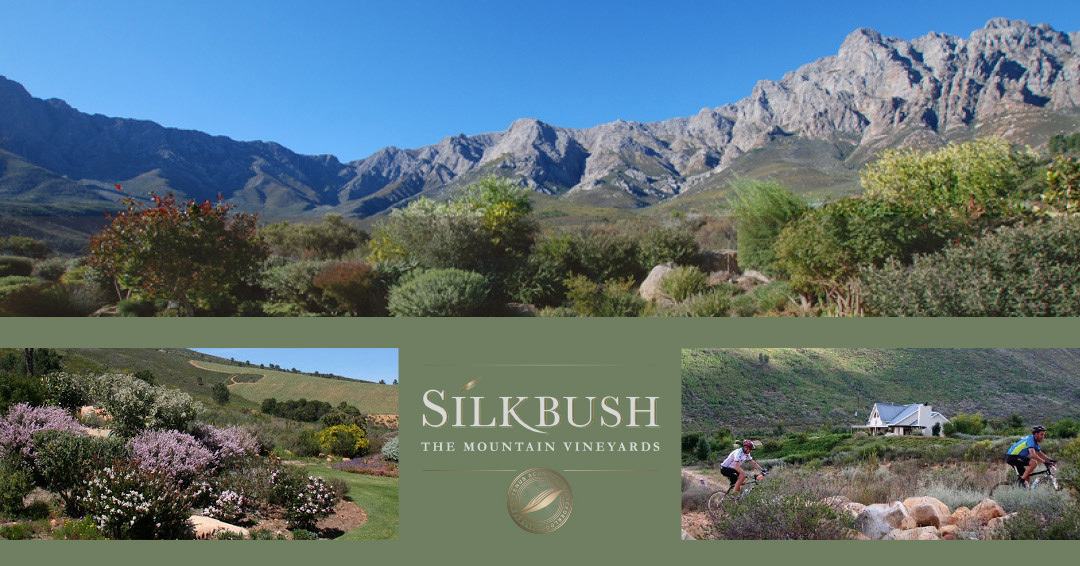At the end of July, I found myself in the Greater Mobile Bay area, aka “LA” or “Lower Alabama,” to help our new distributor, Stephen Clark, introduce locally our Silkbush Mountain Vineyard brand wines. We called on 10 accounts over two days, had a great reception to the Silkbush wines, and look forward to having sustained sales of South African wine in the new “LA”. But that’s not the reason for this Blog posting. The greater Mobile Bay really is just great; I was highly impressed!
Contrary to the stereotype of the deep Old South, the Mobile Alabama area has significantly gentrified and become a very desirable place to visit and/or live. Downtown Mobile has fascinating restaurants, upscale wine bars, clean streets, and a vibrant economy. While Mobile’s population is about 200,000, a 60 mile radius picks up over 1 million more people. While the residents are spread out, small towns such as Spanish Fort, Daphne, Fairhope, and Foley on the Eastern Shore are very impressive and are akin to the nicer suburbs of any major US city.
Mobile residents are quite excited that in 2015, Airbus, the European jet aircraft manufacturer, will start production of the A320 series right in Mobile, and will produce at least 50 jets per year. Airbus is investing $600 million and will employ at least 1,000 workers. And, when their supporting cast of companies, (those providing engines, avionics, wiring systems, windows, seats, etc.), open their doors, the Mobile economy will receive a substantial and continuing boost. Also, ever since WWII, there has been a significant local ship-building industry due to a 75’ dredged shipping channel. This also permitted the retired battleship USS Alabama to make Mobile its permanent home and it has become a major tourist attraction. The LA economy is doing well and this should translate into ever-greater wine purchase and enjoyment among other things.
Interesting Wikipedia factoids: Mobile began as the original capital of colonial French Louisiana in 1702. During its first 100 years, Mobile was a colony of France, then Britain, and lastly Spain. Mobile first became a part of the United States of America in 1813, with the annexation of West Florida under President James Madison. As one of the Gulf Coast’s cultural centers, Mobile now has several art museums, a symphony orchestra, a professional opera, a professional ballet company, and a large concentration of historic architecture.
Today, year-round waterfront recreation is a big regional draw. There are many major hotel resorts along the Alabama Riviera and more are underway. Jimmy Buffet’s sister’s restaurant/entertainment complex “Lucy B. Goode” is drawing well; and a 500-acre effort to develop a Country Western entertainment competitor (think “Branson of the South”) is underway in Foley, to be named “Blue Collar Country”. “BCC” Phase I, including two hotels, a restaurant and convention center, and a sports tourism complex, should be open in the Spring of 2015. Because Mobile Bay is quite shallow, perhaps an average of 10 feet, much of the recreational boating is shallow draft power boats rather than deep keeled sail boats. Clearly the Bay has many nifty attractions with more coming every day.
Further, some aspects of traditional Southern recreation were quite evident, and most notably the pictured Bass Pro Shops facility highly visible from westbound I-10. The building was at least four times larger than the Marriott Courtyard where I stayed so it took little encouragement from my local friends to make an initial visit. Every kind of sporting good and apparel was available; the cast of Duck Dynasty would have thought they had died and gone to Redneck Heaven. Additionally, on a few warm summer nights, the residents living around Mobile Bay sometimes enjoy the fruits of a mysterious natural phenomenon called a “Jubilee”, when fish and crabs swarm toward shore and are easily harvested by people wading in the shallows.
Be that as it may, there are already many higher-end wine drinkers around Mobile and more moving to LA every week. They will soon be greeted with SILKBUSH wines at many turns, and I definitely plan on returning annually for Winegrower dinners and a little LA boating….
